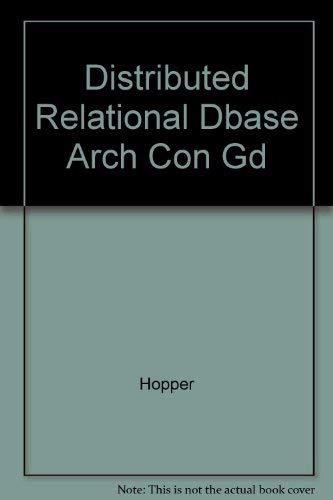Answered step by step
Verified Expert Solution
Question
1 Approved Answer
1 cop X # 3 P 1.31 E Electric Circuits ownloads/James%20W.%20Nilsson,%20Susan%20A.%20Riedel%20-%20Electric%20Circuits%2011e%20-%20Instructor's%2 F4 K Pa $ 4 2a ib ic Pabs = 400+100+2000-2500 W. Thus, the
1 cop X # 3 P 1.31 E Electric Circuits ownloads/James%20W.%20Nilsson,%20Susan%20A.%20Riedel%20-%20Electric%20Circuits%2011e%20-%20Instructor's%2 F4 K Pa $ 4 2a ib ic Pabs = 400+100+2000-2500 W. Thus, the power balances. 2d S [b] The current can be calculated using i = p/v or i= -p/v, with proper application of the passive sign convention:-Pa/Va = (600)/(400) = 1.5 A; Pb/vb = (-50)/(-100) = 0.5 A; Pc/vc= (400)/(200) = 2.0 A; pa/va = (-600)/(300) = 2.0 A: A; Pe/ve = (100)/(-200) = -0.5 A: Ze 20 2g negative. We can add the positive powers together and the negative powers together if the power balances, these power sums should be equal: Psup = 600+50+600+1250 = 2500 W; F5 R Pime FES 11 DAGEN P BA O Mail - Koonce, Elizabe X 17 / 957 Pa-Vala=-(-3000) (-0.250) = -750 W; Pb = = Ubb = (4000) (-0.400) = 1600 W; Pc = = vele = (1000) (0.400) = -400 W; = vaid = (1000) (0.150) = 150 W N 5. % 5 F6-Pf/f = -(2000)/(500) = -4.0 A; Pg/vg = (-1250)/(-500) = 2.5 A. I 114% + 3 F7 A 6 DELL TY F8 Attachments
Step by Step Solution
There are 3 Steps involved in it
Step: 1

Get Instant Access to Expert-Tailored Solutions
See step-by-step solutions with expert insights and AI powered tools for academic success
Step: 2

Step: 3

Ace Your Homework with AI
Get the answers you need in no time with our AI-driven, step-by-step assistance
Get Started


